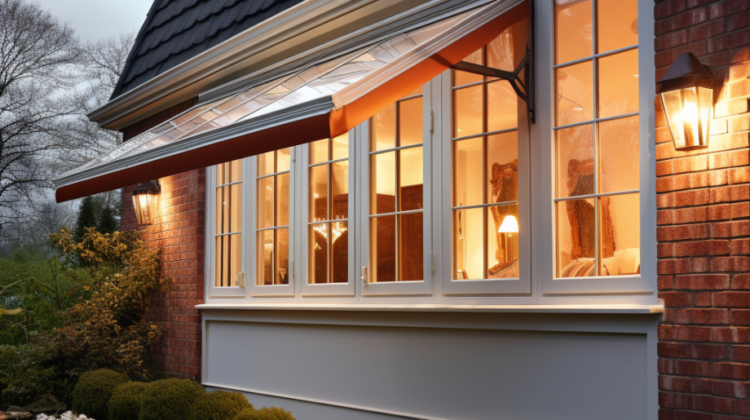
When selecting the perfect windows for your home, several options exist. Two popular choices are awning windows and casement windows. While both types offer unique benefits, they differ in design, functionality, and suitability for specific applications. In this article, we will explore the differences between awnings and casement windows to help you make an informed decision for your home.
Design
Awning windows are hinged at the top and open outward from the bottom, resembling an awning. They typically feature a single pane of glass that provides unobstructed views and allows natural light to enter the room. On the other hand, casement windows are hinged at the side and swing open like a door. They often consist of multiple panes of glass and offer a larger opening area than awning windows.
Ventilation
One of the primary considerations when choosing windows is the amount of ventilation they provide. Awning windows are excellent for improving airflow, even during light rain, as the outward-opening design prevents water from entering the room. They create a gentle “awning effect” that directs the breeze into the room while maintaining privacy and protection from the elements. With their larger openings, casement windows offer excellent ventilation and can catch cross breezes effectively. They provide a wide opening that allows for maximum airflow when fully opened.
Energy Efficiency
Both awning and casement windows are known for their energy efficiency. When closed, their sashes seal tightly against the frame, minimizing drafts and reducing energy loss. Awning windows, with their single pane of glass and smaller openings, offer good insulation and help maintain indoor temperatures. Casement windows, with their multiple panes and larger opening area, provide excellent insulation against heat or cold transfer. However, it’s worth noting that the energy efficiency of any window depends on factors such as glass type, frame material, and proper installation.
Accessibility and Safety
When it comes to accessibility, casement windows have an advantage. Since they swing open like a door, they are easier to operate for people with limited mobility or reach. Cleaning the exterior surface of casement windows is also more convenient, as both sides can be easily accessed. Due to their top-hinged design, Awning windows require more effort to open and clean, especially for higher installations. In terms of safety, both types of windows are generally safe and secure when adequately installed and equipped with appropriate locking mechanisms.
Style and Application
The choice between awning and casement windows often comes down to personal preference and the space’s specific requirements. Awning windows are commonly used in bathrooms, basements, and smaller rooms where privacy and natural light are essential. They can also be installed above or below other windows or doors to enhance ventilation. Casement windows, with their larger size and wider opening, are ideal for living areas, bedrooms, and areas where a clear view and maximum airflow are desired. They can be combined in groups or used as standalone windows to create a striking architectural feature.
The main differences between awning and casement windows are their design, ventilation capabilities, energy efficiency, accessibility, and application. Awning windows offer unobstructed views, excellent ventilation, and protection against light rain. Casement windows provide larger openings, maximum airflow, and enhanced accessibility. Ultimately, the choice depends on your personal preferences, the specific needs of your home, and the architectural style you wish to achieve. Consider consulting with a window professional who can provide guidance based on your unique requirements and help you select the most suitable option for your home.
